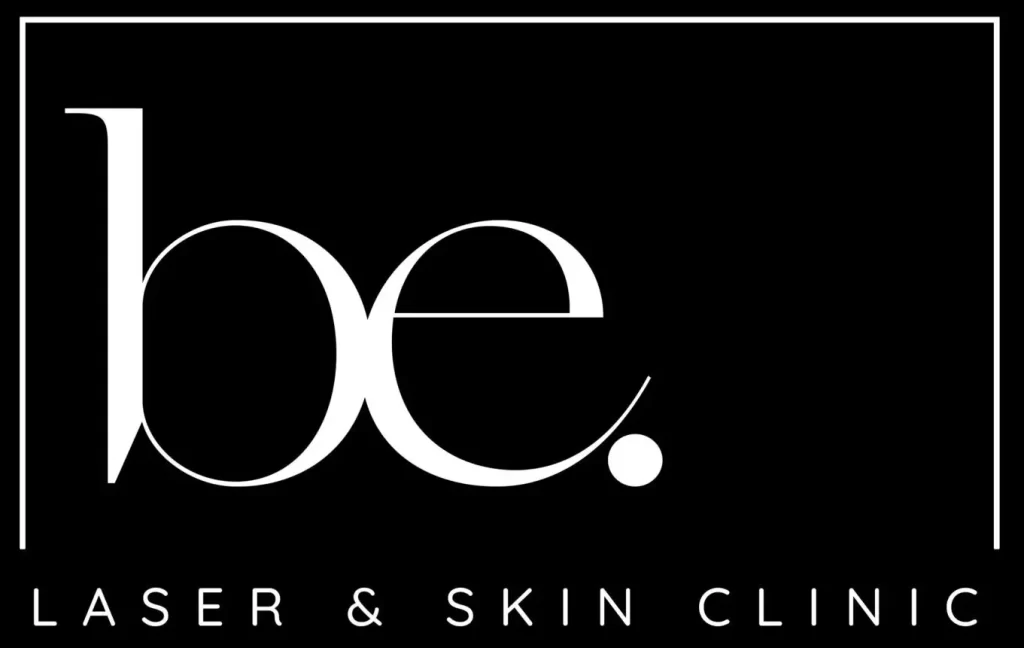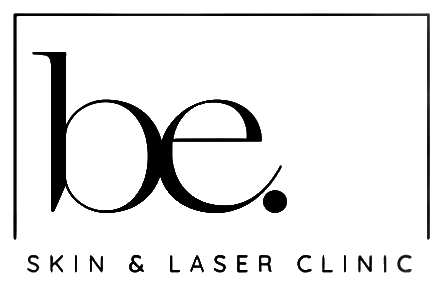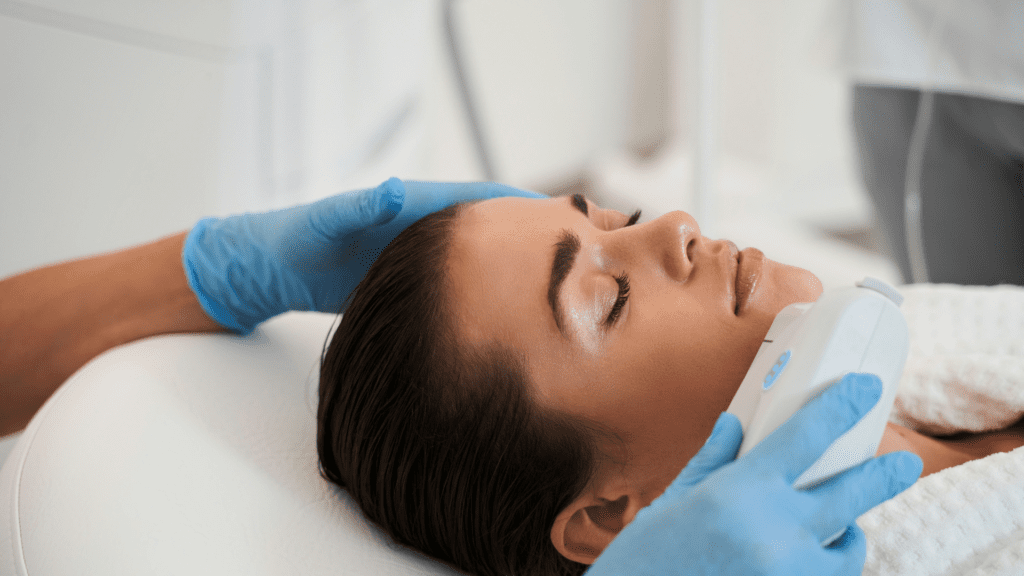Is it safe to undergo laser hair removal during pregnancy? This question lingers in the minds of many expectant mothers concerned about changes in their bodies. While laser hair removal is renowned for its efficacy in long-lasting hair reduction, pregnancy brings about hormonal changes that could increase skin sensitivity and hair growth. Understanding the interactions between pregnancy and laser treatments is essential to ensure the safety of both mother and unborn child. This article delves into the complexities of laser hair removal during pregnancy, exploring why it is generally discouraged and examining alternate solutions for maintaining smooth skin throughout this significant life phase.
Understanding Pregnancy and Laser Hair Removal
Laser hair removal is a widely used method for achieving long-lasting hair reduction. It operates by emitting concentrated light that targets hair follicles, effectively damaging them to prevent future hair growth. This technique is precise, focusing on the melanin in the hair and leaving surrounding skin unharmed. The process requires multiple sessions to capture hair in different growth stages, ensuring a significant reduction in hair regrowth. While it offers a convenient solution for managing unwanted hair, its application during pregnancy necessitates careful consideration due to physiological changes that occur during this period.
Pregnancy introduces a host of hormonal changes that can significantly affect the skin and hair. Elevated levels of hormones such as oestrogen and progesterone can lead to increased hair growth, as well as changes in hair texture and colour. Additionally, these hormonal shifts can enhance skin sensitivity, making it more susceptible to irritation and pigmentation changes. Increased skin sensitivity may heighten discomfort during laser treatments and raise the risk of adverse reactions. The temporary nature of these hormonal changes means that hair growth patterns experienced during pregnancy often revert to normal postpartum.
Due to the heightened skin sensitivity and hormonal fluctuations during pregnancy, laser hair removal is generally not recommended. The potential for increased skin irritation, combined with a lack of comprehensive studies on the effects of laser exposure to the unborn child, leads healthcare professionals to advise against these treatments during pregnancy. Avoiding laser hair removal during this time helps to eliminate any potential risks to both the mother and the developing fetus. Instead, safer hair removal alternatives are encouraged until hormonal levels stabilise after childbirth.
Safety Concerns and Risks of Laser Hair Removal During Pregnancy
Laser hair removal during pregnancy raises significant safety concerns due to the physiological changes that occur in the body. One of the primary risks is increased skin sensitivity, which can lead to discomfort during and after the procedure. Hormonal fluctuations during pregnancy can exacerbate this sensitivity, resulting in a higher likelihood of adverse reactions such as redness and swelling. Although laser hair removal is generally considered safe for the skin surface, there is limited research on its potential effects on the unborn child. This lack of comprehensive data contributes to the caution advised by healthcare professionals regarding the use of laser treatments during pregnancy.
- Heightened skin sensitivity
- Redness
- Swelling
- Pigmentation changes
- Discomfort during treatment
The medical consensus strongly advises against laser hair removal during pregnancy to safeguard both maternal and fetal health. Healthcare providers emphasise the importance of prioritising the safety of the mother and developing fetus by avoiding unnecessary risks. While the laser primarily affects superficial skin layers, the absence of definitive research on its impact during pregnancy leads to a precautionary approach. By opting out of laser hair removal during this time, expectant mothers can prevent potential complications and explore alternative hair removal methods that pose fewer risks.
Hormonal Changes and Their Impact on Hair Growth During Pregnancy

Hormonal changes during pregnancy notably impact hair growth, with fluctuations in oestrogen and progesterone levels leading to increased hair growth and alterations in hair texture and colour. These hormones can prolong the growth phase of hair, resulting in fuller hair and sometimes causing hair to appear in new areas. As these changes are driven by hormonal surges, they can also lead to changes in the density and distribution of hair across the body, making hair appear thicker and more abundant.
- Increased oestrogen levels
- Elevated progesterone levels
- Extended hair growth phase
Fortunately, the hair growth changes experienced during pregnancy are generally temporary. After childbirth, hormone levels gradually return to their pre-pregnancy state, and hair growth patterns tend to normalise. Many women experience a shedding phase postpartum, where the excess hair grown during pregnancy falls out, restoring their hair to its typical density. This natural resolution ensures that any unusual hair growth patterns are usually corrected a few months after delivery, reducing the need for immediate intervention.
Safe Hair Removal Alternatives During Pregnancy
Pregnancy brings about numerous changes in the body, including increased hair growth, which might create the need for effective hair removal methods. Traditional laser hair removal is not recommended during this time due to heightened skin sensitivity and potential risks. Therefore, exploring safe alternative hair removal options becomes essential for pregnant women seeking to manage unwanted hair without compromising safety. These alternatives provide effective solutions while accommodating the unique needs of pregnancy.
- Shaving: A widely accessible and safe method, shaving is quick and effective for removing surface hair without affecting the skin’s deeper layers.
- Waxing: Offers longer-lasting results by removing hair from the root, but it should be approached cautiously due to potential skin sensitivity.
- Threading: Ideal for facial hair removal, threading is a precise technique that involves twisting a thread to remove hair at the follicle level.
- Tweezing: Effective for small areas or stray hairs, tweezing is a manual method that allows for precise hair removal without affecting surrounding skin.
When opting for these alternative methods, certain precautions are necessary to ensure skin safety and comfort. Shaving should be done with a clean razor and a moisturising gel to minimise irritation. Waxing, though effective, requires a patch test on a small skin area to check for adverse reactions due to increased sensitivity during pregnancy. Threading and tweezing should be performed gently to avoid unnecessary skin trauma. By following these precautions, pregnant women can safely manage hair growth, ensuring both comfort and peace of mind throughout their pregnancy journey.
Post-Pregnancy Considerations for Laser Hair Removal
After giving birth, it is crucial to allow the body adequate time to recover before resuming laser hair removal treatments. Healthcare professionals typically recommend waiting at least 6 weeks postpartum to ensure both safety and effectiveness. This waiting period allows for the stabilisation of hormone levels and the healing of any skin sensitivity or changes that occurred during pregnancy. Additionally, it provides time for the body to naturally shed excess hair grown during pregnancy, which may reduce the need for immediate treatment. Resuming laser hair removal too soon can result in increased discomfort or less effective results due to lingering hormonal fluctuations.
| Postpartum Consideration | Recommendation |
|---|---|
| Waiting Period | Wait at least 6 weeks before resuming treatments |
| Hormonal Stabilisation | Ensure hormones have returned to pre-pregnancy levels |
| C-Section or Episiotomy | Treat these areas only after scars have fully healed |
| Breastfeeding | Consult with a healthcare provider for personalised advice |
Special care is necessary for areas affected by a caesarean section or episiotomy. These areas should only undergo laser treatment once scars have fully healed to prevent irritation or damage to sensitive skin. It is also crucial to monitor the skin’s response to initial treatments, as residual sensitivity may still be present. For those who are breastfeeding, consultation with a healthcare provider is advisable to ensure that laser hair removal does not interfere with any ongoing postpartum care. By adhering to these guidelines, mothers can safely reintroduce laser hair removal into their routine, achieving effective results without compromising their recovery.
Expert Recommendations and Safe Practices

Healthcare professionals generally advise against undergoing laser hair removal during pregnancy. The primary concern lies in the heightened skin sensitivity and hormonal changes that can increase the risk of adverse reactions such as redness and swelling. Furthermore, due to the lack of comprehensive research on the effects of laser treatments on the unborn child, a cautious approach is recommended. By avoiding laser hair removal during pregnancy, expectant mothers can mitigate potential risks to their own health and that of their developing fetus. Instead, exploring safer hair removal alternatives during this period is encouraged.
Consulting with Healthcare Professionals
Consulting with a healthcare provider, such as a dermatologist, is crucial for personalised advice regarding hair removal during pregnancy. These professionals can assess an individual’s unique skin type, hormonal changes, and overall health to provide tailored recommendations. A consultation can also help determine the safest hair removal methods to use during pregnancy, ensuring that both mother and child remain unharmed. By seeking expert guidance, pregnant women can make informed decisions about managing unwanted hair while prioritising safety.
Following professional guidance is essential for ensuring the well-being of both mother and baby. Healthcare providers are equipped with the knowledge and experience to identify potential risks and recommend appropriate measures to mitigate them. Their advice can also offer peace of mind, as it aids in navigating the complexities of hair removal during pregnancy. By adhering to expert recommendations, expectant mothers can confidently manage their hair removal needs while maintaining a focus on health and safety.
Final Words
Navigating the potential risks and safety concerns involves understanding the effects of hormonal changes on hair growth. Laser hair removal presents considerations for pregnant women due to increased skin sensitivity. Safe alternative hair removal methods, like shaving and waxing, provide viable options during this time.
Ultimately, while the temptation to proceed with treatments exists, expert recommendations against laser hair removal during pregnancy can’t be ignored. These insights encourage informed decisions and prioritise safety. Embrace patient care, allowing post-pregnancy solutions to align with both personal preferences and professional guidance. Pregnancy and laser hair removal: what you need to know underscores the importance of health and caution.
FAQ
What happens if I do laser hair removal while pregnant?
During pregnancy, hormonal changes can increase skin sensitivity, leading to redness and swelling. These potential side effects make laser hair removal generally discouraged during this time.
Does laser hair removal affect getting pregnant?
Laser hair removal does not impact fertility or the ability to become pregnant. However, it is recommended to avoid treatments while pregnant or attempting to conceive, due to potential side effects.
Is it worth doing laser hair removal before pregnancy?
It may be beneficial for long-term hair reduction to undergo laser treatments before pregnancy. However, approach this decision with caution and consult a healthcare provider, given possible hormonal fluctuations during pregnancy.
How long after giving birth can I do laser hair removal?
It is suggested to wait at least six weeks postpartum before resuming laser treatments. Ensure any surgical scars from c-sections or episiotomies are fully healed prior to treatment.





